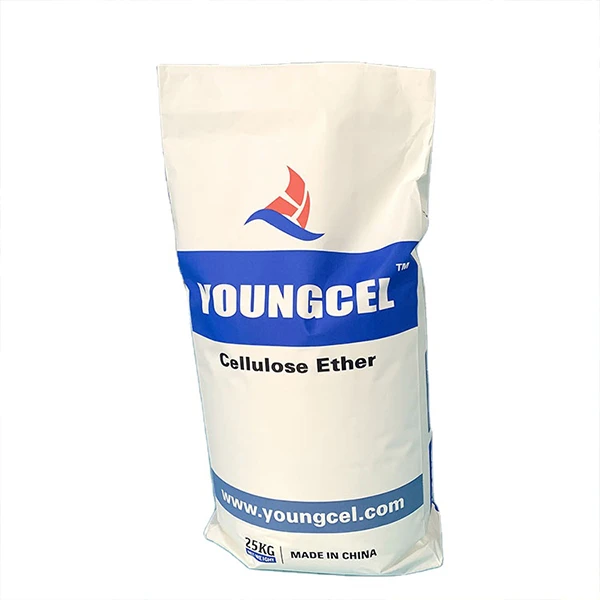Understanding Construction Grade VAE RDP An Essential Component for Modern Construction
In the ever-evolving construction industry, the quest for materials that offer both quality and efficiency is paramount. One of the innovative solutions gaining traction is the use of VAE RDP. VAE, or Vinyl Acetate Ethylene, is a polymer known for its binding properties, while RDP, or Redispersible Powder, pertains to a type of powder that can be re-dispersed in water, resulting in a stable emulsion. These components come together as construction-grade VAE RDP, providing unique advantages for various applications in the construction field.
The Importance of VAE RDP in Construction
VAE RDP is particularly valued in construction, mostly due to its versatility and performance. It is primarily used as a binder in construction materials such as tiles, adhesives, and surface coatings. When mixed with other ingredients, VAE RDP enhances adhesion, flexibility, and durability, which are crucial characteristics for construction materials that need to withstand environmental stressors.
One of the most significant benefits of construction-grade VAE RDP is its ability to improve the workability of materials. When incorporated into dry mortars or tile adhesives, it allows for better manipulation during application. This aspect is especially important in complex construction projects where precision is key. Moreover, the re-dispersible nature of VAE ensures that, once mixed with water, the properties of the product remain stable. This stability translates to a consistent performance, reducing the likelihood of failures in construction applications.
Enhancing Properties of Construction Materials
construction grade vae rdp

Construction-grade VAE RDP also contributes to the overall durability of products. For instance, when used in tile adhesives, it helps create a strong bond that can resist moisture and thermal fluctuations, ensuring that tiles remain intact for years. In exterior applications, this resistance to water and temperature changes significantly reduces the chances of cracking or peeling.
Another vital aspect of VAE RDP is its contribution to the flexibility of construction materials. Flexibility is crucial in preventing cracks that can occur due to varying temperature conditions or structural movements. Construction-grade VAE RDP allows materials to absorb minor stresses and changes in shape while maintaining their integrity.
Environmental Considerations
With increasing awareness of sustainability, construction-grade VAE RDP also presents an environmentally friendly option. Many formulations of VAE RDP are low in volatile organic compounds (VOCs), making them suitable for projects that prioritize indoor air quality. This characteristic aligns with modern construction practices that seek to minimize environmental impact, ensuring healthier living spaces for occupants.
Conclusion
As the construction industry continues to adapt to new challenges and demands, materials like construction-grade VAE RDP offer crucial solutions that enhance the performance and sustainability of construction projects. Its unique properties, including improved adhesion, flexibility, and reduced environmental impact, make it a vital component in modern construction practices. By incorporating VAE RDP into their workflows, contractors and builders can ensure the durability and reliability of their projects, setting a new standard for quality in the construction sector. Thus, as we move towards a future that values both innovation and sustainability, construction-grade VAE RDP stands out as an essential material that meets the needs of today’s construction challenges. The selection of quality materials like VAE RDP can make a significant difference in the longevity and performance of construction applications, ultimately leading to greater project success.
-
Rdp Powder: Key Considerations for Wholesalers in the Building Materials IndustryNewsJul.08,2025
-
Key Considerations for Wholesalers: Navigating the World of Hpmc - Based ProductsNewsJul.08,2025
-
Hpmc Detergent: Key Considerations for WholesalersNewsJul.08,2025
-
Key Considerations for Wholesalers: China Hpmc For Tile Adhesive, Coating Additives, Concrete Additives, and MoreNewsJul.08,2025
-
Crucial Considerations for Wholesalers: Navigating the World of Construction MaterialsNewsJul.08,2025
-
Key Considerations for Wholesalers Sourcing Additive For Cement, Additive For Concrete, Additive For Putty from Additive Manufacturer Shijiazhuang Gaocheng District Yongfeng Cellulose Co., Ltd.NewsJul.08,2025




